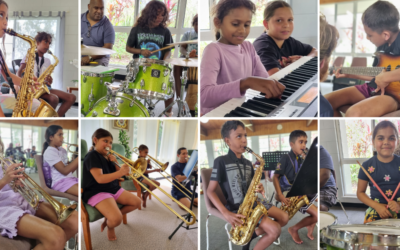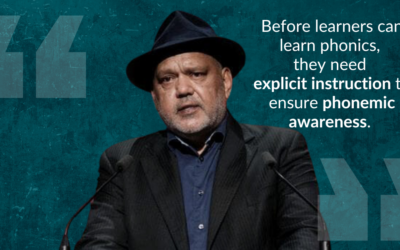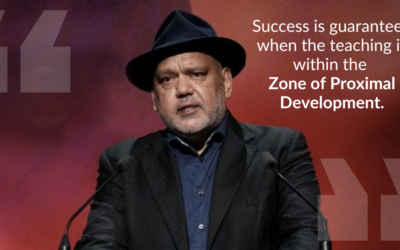Good to Great Schools Australia will continue to deliver its pilot program supporting primary schools nationwide to improve students’ literacy, numeracy and science outcomes.
The program will also increase teacher pedagogical skills using evidence-based explicit instruction programs and professional learning for entire school teams.
Funded by the Australian Government, the program customises English, maths and science programs to suit individual school contexts.
Good to Great Schools Australia’s School Partnerships Manager Peter Chandler said there are up to 20 schools participating in the program.
‘We are currently supporting these public and private schools, with five schools each in Western Australia and the Northern Territory, four each in New South Wales and Queensland and two schools in South Australia.
‘Participating schools use kits for students and teachers, tailored expert support, online self-paced professional learning and regular data reviews,’ said Mr Chandler.
Mr Chandler said the program is open to schools that are dedicated to Closing the Gap.
‘The program targets schools in remote and very remote areas, as well as schools with significant Aboriginal and Torres Strait Islander student enrolments,’ continued Mr Chandler.
The pilot program builds on the Flexible Literacy for Remote Primary Schools (LRS) Program, which operated in remote and very remote primary schools from 2015 to 2020.
Student outcomes of the LRS program were recently published in the Australian Journal of Indigenous Education.
‘This paper demonstrated that literacy skills of students in the LRS program grew much faster than the average Australian growth as well as the remote Indigenous average growth – we are talking as much as 165 per cent higher growth for some areas, such as grammar,’ said Mr Chandler.
‘Good to Great Schools Australia is extending the success we had in literacy into the areas of numeracy and science,’ continued Mr Chandler.
Mr Chandler said that the program includes Good to Great Schools Australia’s Oz-e-science curriculum.
‘Oz-e-science is unique in the science curriculum market because it combines an explicit instruction model with an Australian context and full coverage of the Australian Curriculum,’ said Mr Chandler.
‘Teachers love it because it provides everything they need to teach science effectively and with confidence – this is responding to the current crisis in Australian teaching where there is an increasing lack of specialist science teachers,’ said Mr Chandler.
Good to Great Schools Australia’s English, maths and science pilot program is set to run until 2028.
Read more about Oz-e-science here
New science curriculum hits the sweet spot between explicit teaching and inquiry learning



